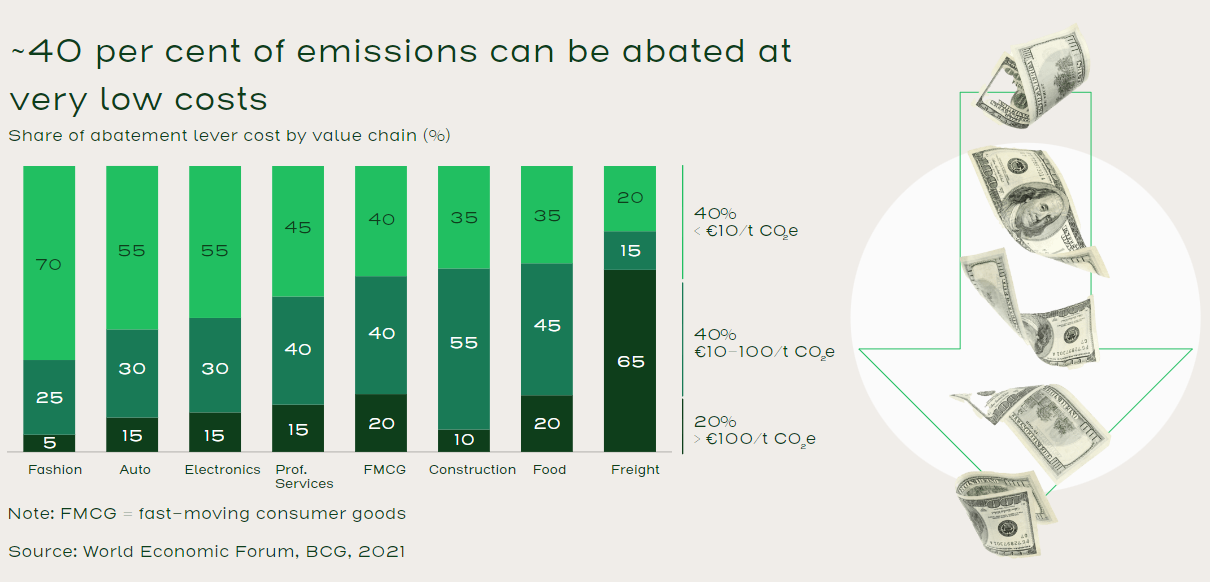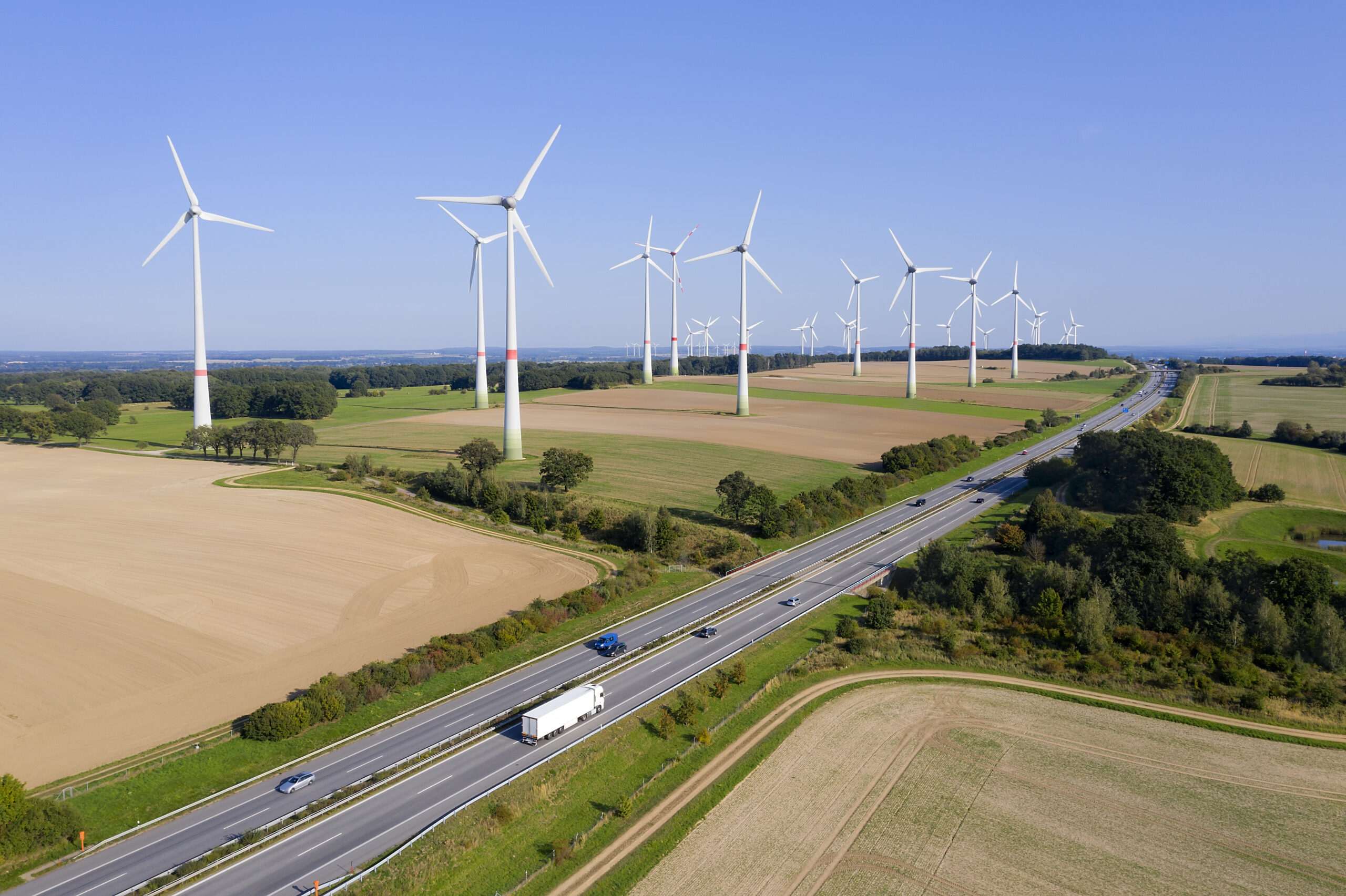Funding Your Way to a Decarbonized Supply Chain
Sustainable supply chains are not just beneficial for society and the environment; they’re crucial for a business’s future prosperity. This is because such chains influence capital acquisition, regulatory compliance, and customer loyalty.
Big investment decisions that touch the core supply chain are always hard to make, especially if the returns are not quick. As an executive, you need a broad consensus and a firm vision to make radical decisions. For that, long-term supply chain planning and budgeting needs data to back every decision.
According to a Proxima report “Investing in a Sustainable Supply Chain,” there has been a significant change in the priorities of investors. An astonishing 97% of investment managers in the US and UK now take a company’s sustainability standards into account when making investment decisions. Overlooking sustainability can present substantial revenue risks, while embracing ESG (Environmental, Social, and Governance) principles can unlock a $2.1 trillion opportunity. The corporate landscape is increasingly recognizing these challenges and possibilities, and impressive strides are being taken toward more environmentally friendly supply chains.
88% believe that supply chain sustainability standards will be a key criterion for investment decisions over the next ten years.
Understand the ROI of a decarbonized supply chain
Before looking into funding, understand the return on investment (ROI) that decarbonization offers:
- Cost Savings: Improved energy efficiency and waste reduction can lead to significant cost savings eventually.
- Regulatory Compliance: Governments worldwide are implementing stricter environmental regulations, making compliance not just an ethical obligation but a legal one.
- Brand Image: Modern consumers are increasingly environmentally conscious. A green supply chain boosts brand reputation and can lead to increased sales.
According to BCG, decarbonizing supply chains involves various strategies, from cost-effective measures like improving efficiency and adopting renewable power (under €10/t CO2e) to significant investments (over €100/t CO2e) in projects like fuel switching or CO2 emissions capture. The chart below shows the breakdown per industry. The key challenges include limited transparency on emissions and insufficient sector support and infrastructure.

Ways to gather funds for a decarbonization project
Achieving sustainability, especially decarbonization, in a global supply chain is both an ethical imperative and a strategic business decision. By optimizing supply chain operations, companies can free up substantial funds which can then be reallocated towards sustainable and decarbonization efforts.
Supply chain optimization software like SC Navigator can heavily help in discovering significant cost-saving opportunities that can be re-invested in a supply chain decarbonization project.
Here are a few recommendations we’ve seen in practice.
1. Efficient inventory management
- Demand Forecasting: Use demand analytics to predict demand more accurately, thus reducing overstocking or stockouts. See how a manufacturing giant revamped their demand planning with AIMMS.
- Reduce Product Returns: Focus on quality control and accurate demand forecasting to minimize returns which add to carbon emissions and costs.
2. Re-evaluate supplier contracts and relationships
- Consolidated Procurement: Bulk purchasing often leads to better rates.
- Localize Suppliers: This can reduce transportation emissions and costs. Moreover, local suppliers may be more amenable to jointly investing in sustainability projects.
- Negotiate Better Terms: With sustainability in mind, work with suppliers who also prioritize green initiatives, possibly at reduced costs.
3. Improve transportation and logistics efficiency
- Route Optimization: Advanced software can find the most efficient routes, reducing fuel costs and emissions. See how TNT, one of the world’s largest express delivery companies, achieved $260 million in cost savings with AIMMS.
- Load Optimization: Ensure containers are filled to reduce trips. See how Tata iQ built an idle freight optimization model with AIMMS and integrated it with a 3D simulation model for loading.
- Fuel-Efficient Vehicles: Invest in vehicles that give better mileage or consider electric options.
4. Detect and reduce waste
- Sustainable Packaging: Shift to minimalist, recyclable, or reusable packaging. Over time, reduced packaging costs will accumulate substantial savings. See how FUJIFILM perfected its packaging process with AIMMS.
- Efficient Production Processes: Regularly updating and optimizing production processes can lead to reduced waste and resource use.
- Carbon Capture Technologies: Invest in reliable technologies that capture carbon emissions across the supply chain. Check out how AIMMS helps you to model and optimize your CO2 impact.
Decarbonizing your supply chain
In conclusion, there is a clear understanding of where and how to start the process and the necessary steps to be taken. It is essential to recognize that the expenses associated with decarbonization are significantly lower than the potential costs of inaction. Therefore, overcoming the barriers of complexity and inertia is crucial to speed up progress in decarbonizing supply chains and mitigating the adverse effects of climate change.
If you are interested in diving deeper into the state of supply chain sustainability and optimization, download our guide.





